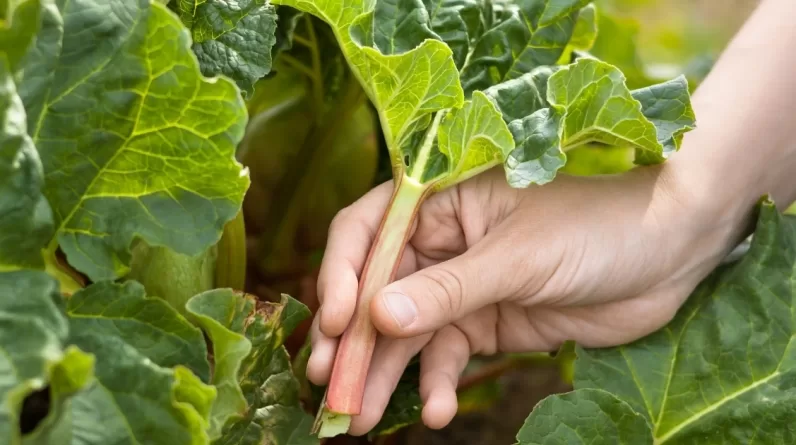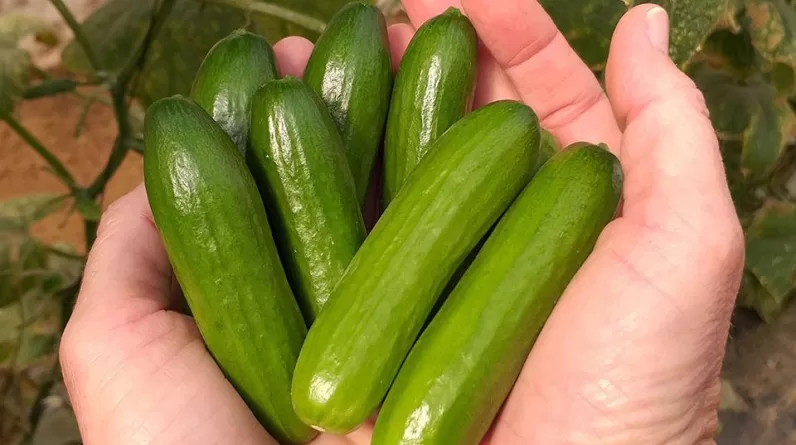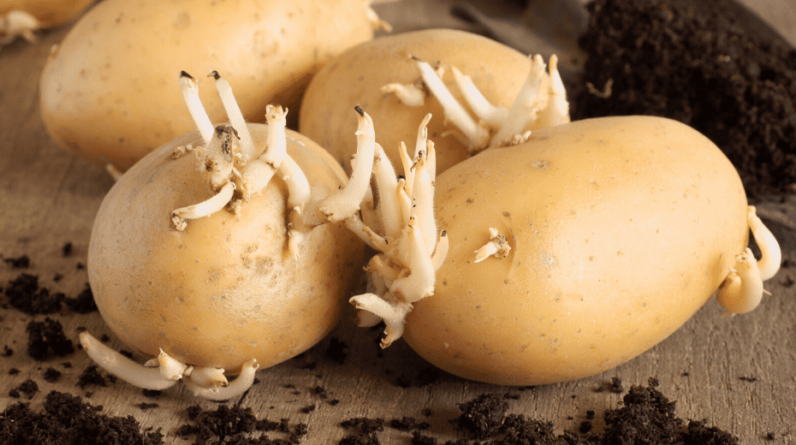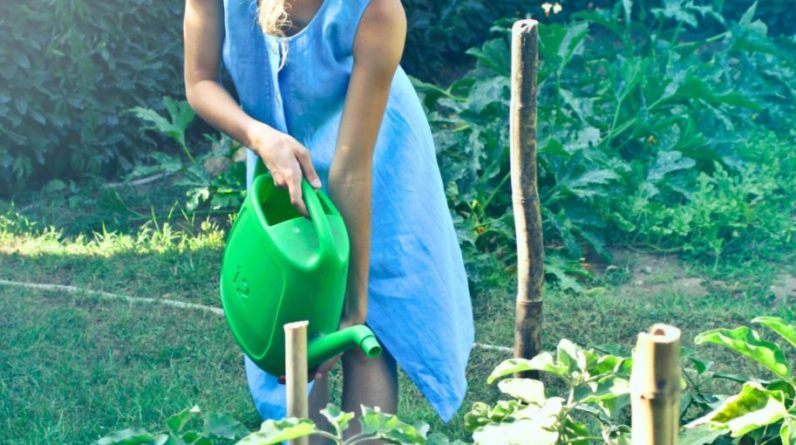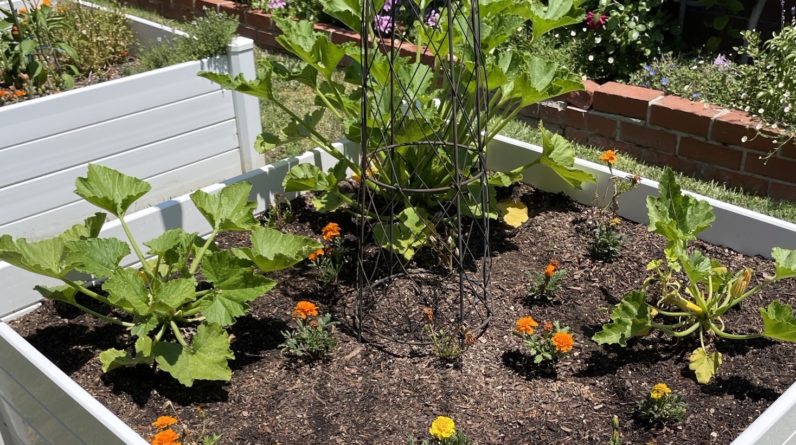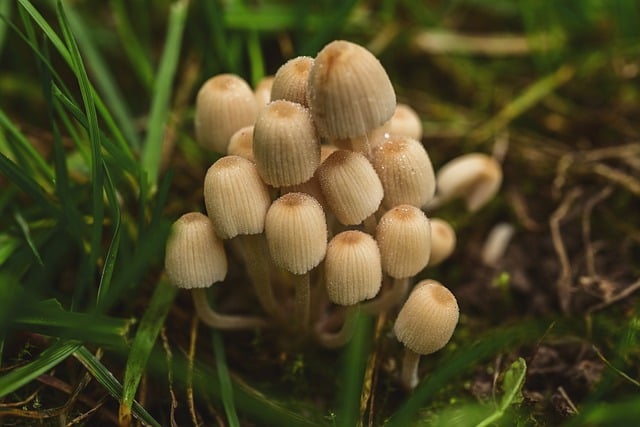With the current economic situation, galloping inflation, and the price of food which continues to increase, many people feel a great need to move towards greater food autonomy by growing tomatoes and vegetable garden.
If you also want to harvest fresh carrots and tomatoes this summer you must first sow seeds. This activity is an economical and very pleasant way to start a vegetable garden. Here are some tips for successful sowing and getting back to smiling!
1. Sow at the right time
Swiss chard, beets, broccoli, carrots, celery, cabbage, cauliflower, spinach, beans, kale, lettuce, turnips, onions, parsnips, leeks, peas, radishes and rutabaga are all cool climate vegetable plants. The majority of these edible plants can be sown in the ground, directly outside towards the end of April or May. To gain a few weeks of growth, however, it is possible to sow them indoors at the very end of March or April, at a temperature ideally not exceeding 21°C.
On the other hand, it is useless to sow tomatoes or peppers in the ground, directly in the vegetable garden, since you will obtain no or very little fruit.
It is necessary to sow vegetable plants of tropical origin such as eggplants, pumpkins, cucumbers, squash, melons, chili peppers, and tomatoes indoors for a few weeks before transplanting them outdoors. outside. Thus, most tropical vegetable plants are usually sown indoors in March or April, six to eight weeks before they are transplanted outdoors. Germination of these plants is optimal at temperatures above 22°C.
On the other hand, some seeds should not be buried under potting soil since light is necessary for their germination, while others should be covered with a thickness of potting soil of around 6 mm, because they need darkness. to germinate. Carefully read the instructions on each seed packet since it specifies, among other things, whether the seeds must be covered with potting soil or not, the optimal germination temperature, and the time at which sowing should be carried out.
2. Collect and clean your containers well
It is not necessary to purchase a commercial growing system to sow your vegetables and herbs. You can make them in simple recycled plastic pots, boxes, or trays, eggshells can even do the trick!
Make sure the containers you use are well cleaned, ideally disinfected with bleach if they have already been used for sowing in the past.
3. Use a rich, light potting soil
The potting soil you use to sow your seeds must above all be light, well aerated, and must retain water and nutrients well. Do not use soil from your garden, since in addition to possibly carrying pathogens, it is generally too heavy and too poorly aerated to give the expected results.
Instead, it is recommended to use a commercial substrate specially designed for seedlings, consisting of compost, sphagnum peat moss, and perlite. Moisten the potting soil well before using it. Once the potting soil is mixed and moistened, pour it into a container and level its surface well.
To facilitate transplantation, we recommend placing the seeds in a container made up of several small compartments. You can sow two to three seeds per compartment so that at least one plant forms; keep only one while cutting the others with scissors.
The majority of seeds germinate well if they benefit from constant, high humidity, around 80% to 90%. To avoid having to water constantly, you can cover your seedling containers with transparent plastic domes. In addition to preventing water evaporation, such a dome acts like a greenhouse by maintaining a warm and stable temperature.
If water droplets form on the walls of the dome, you should open it slightly for a few hours so that the excess humidity evaporates.
Once the seeds have germinated and the young plants are well developed, the dome that covers them can be removed so that the humidity level is between 50% and 60%.
4. Use an LED lighting system
Light is essential for plants to function. So, it is possible to grow most leafy vegetables in front of a west or south-facing window.
On the other hand, if you want to seed tropical edible plants that require light, such as eggplants, peppers, and tomatoes, it is then necessary to place them under artificial lighting designed for plants for 12 to 14 hours per day.
There are several types of lighting in the horticultural market, such as fluorescent tubes, high-pressure sodium (HPS) lamps, metal halide lamps, and light-emitting diodes. All have their advantages and disadvantages.
Fluorescent tubes are a good choice since they are affordable and use relatively little energy. They prefer high-output T5 tubes (High Output T5), which have now become the standard among fluorescent horticultural lamps.
For their part, horticultural lamps equipped with light-emitting diodes (LED) are increasingly popular. They cost a little more to purchase than fluorescents, but their very low energy consumption, their great durability, and the fact that they are recyclable compensate for their higher price.
Either way, it’s not necessary to purchase a fancy lighting system, you can simply purchase an LED bulb designed for plant growth online and screw it into a floor lamp.


